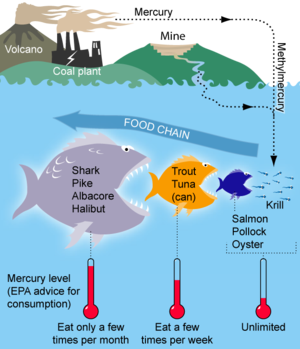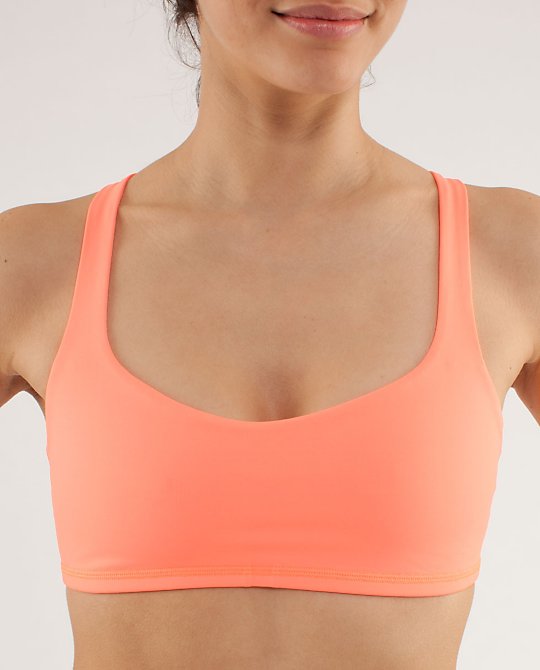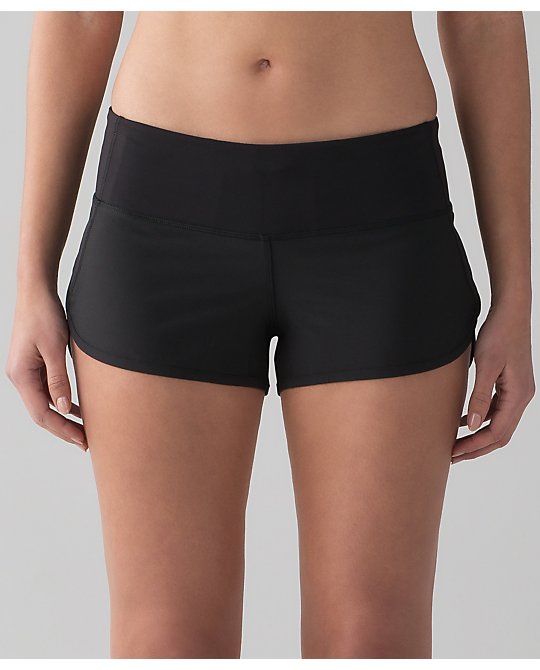Peaches are so good for you! Only 64 calories in 1 cup raw peach slices. They are packed with Vitamin A, C, E, K, B3 (niacin), folate, calcium, magnesium, iron, and a lot potassium (8% DV). One peach has about 2.5 g fiber, 16 g carbohydrates and 1.5 g protein. And eat the skin! It's good for you.
FUN FACT: Peaches and nectarines are the same species - did you know that a nectarine's smooth skin is due to a recessive allele in the fuzzy peach skin gene? The fuzzy skin allele is dominant.
Now onto the cobbler...
1. Preheat oven to 350 degrees. Cut 4 medium peaches (or nectarines!) into small chunks. I left the skin on, since it's a shame to remove and toss the valuable nutrients along with the skin. I measured 3 Cups (~520 g or 18 oz).
 NOTE: when measuring things that are hard to smooth out in a measuring cup, it's better to use a scale and weigh it rather than try to measure a volume. In this case, a few more pieces of peach is no big deal - but for something like chocolate chips or nuts or something more critical to the finished baked product, mass is a more accurate way to measure.
NOTE: when measuring things that are hard to smooth out in a measuring cup, it's better to use a scale and weigh it rather than try to measure a volume. In this case, a few more pieces of peach is no big deal - but for something like chocolate chips or nuts or something more critical to the finished baked product, mass is a more accurate way to measure.2. In a large bowl, mix peaches, 1/2 C coconut or cane sugar, 1 tsp cinnamon, 1/8 tsp cardamom, 2 Tbsp arrowroot powder (or cornstarch), and 1.5 Tbsp lemon or lime juice.
3. Pour mixed fruit into pie dish, and smooth out fruit along base of dish with spoon or spatula.

4. Mix 2 cups granola (regular or gluten-free!) with 2 Tbsp melted coconut oil. Pour oiled granola on top of fruit in pie dish. Smooth out until fruit completely covered. Pop into preheated oven for 20 minutes.


5. Let cool 10-20 minutes. Spoon into dishes and
garnish with mint or basil leaves. Enjoy!
Peach Cobbler (Vegan/Gluten-free)
1. Preheat oven to 350 degrees. Cut 4 medium peaches (or nectarines!) into small chunks. I left the skin on, since it's a shame to remove and toss the valuable nutrients along with the skin. I measured 3 Cups (~520 g or 18 oz).
NOTE: when measuring things that are hard to smooth out in a measuring cup, it's better to use a scale and weigh it rather than try to measure. In this case, a few more pieces of peach is no big deal - but for something like chocolate chips or nuts or something more critical to the finished baked product, mass is a more accurate way to measure.
2. In a large bowl, mix peaches, 1/2 C coconut or cane sugar, 1 tsp cinnamon, 1/8 tsp cardamom, 2 Tbsp arrowroot powder (or cornstarch), and 1.5 Tbsp lemon or lime juice.
3. Pour mixed fruit into pie dish, and smooth out fruit along base of dish with spoon or spatula.
4. Mix 2 cups granola (regular or gluten-free!) with 2 Tbsp melted coconut oil. Pour oiled granola on top of fruit in pie dish. Smooth out until fruit completely covered. Pop into preheated oven for 20 minutes.
5. Let cool 10-20 minutes. Spoon into dishes and garnish with mint or basil leaves. Enjoy!



















